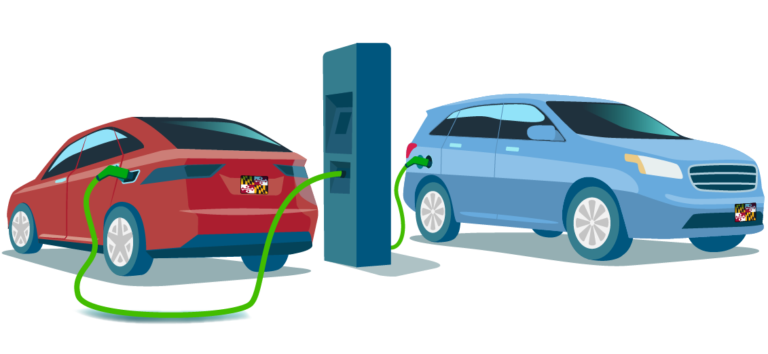I’m Not Pumped,
Your Guide to Electric Vehicles in Maryland
Electric vehicles (EVs) can help you save! When you drive electric you can save on fuel, maintenance costs, and taxes, all while helping the environment. EV drivers and buyers may be eligible for federal and state tax incentives, and other benefits.

Get Started with EVs
New to EVs? Whether you’re considering an electric vehicle or just curious about your options, we’re here to help. Discover the different types of charging, how much you can save from making the switch, and the environmental impact of EVs.
EV Charging Options
Learn how and where to charge your vehicle, whether at home or out on the road.
About Us
Our mission is to facilitate education and information exchange surrounding zero emission vehicles and infrastructure in Maryland.


